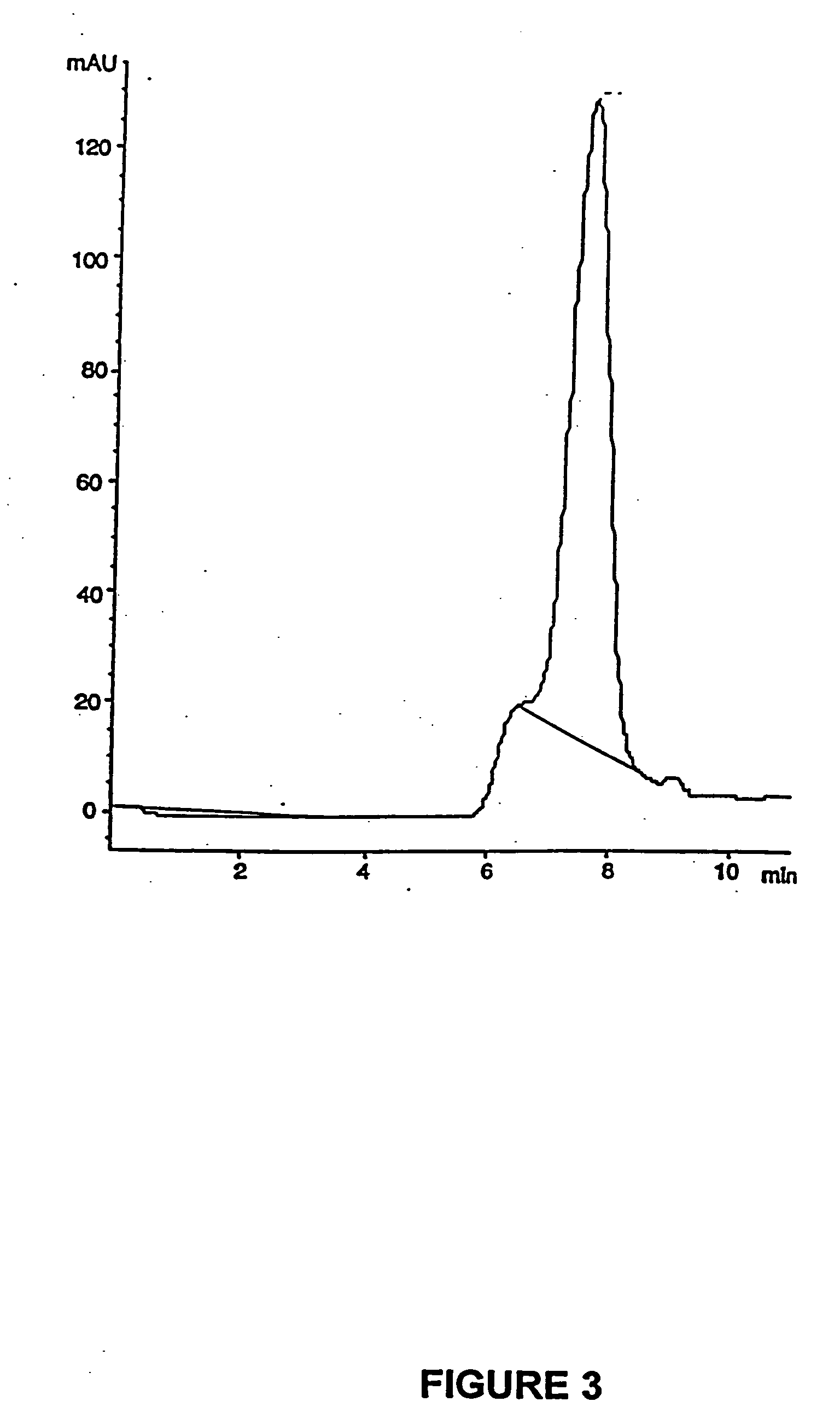Enteric formulations of proanthocyanidin polymer antidiarrheal compositions
a technology of proanthocyanidin and composition, applied in the field of pharmaceutical formulations of proanthocyanidin polymeric composition, can solve the problems of diarrhea, serious and often life-threatening dehydration, and loss of both electrolytes, and achieve the effects of reducing the risk of rotavirus infection
- Summary
- Abstract
- Description
- Claims
- Application Information
AI Technical Summary
Benefits of technology
Problems solved by technology
Method used
Image
Examples
Embodiment Construction
5.1. Preparation of the Proanthocyanidin Polymer Composition
The proanthocyanidin polymer composition, effective for treatment of diarrhea, is comprised of monomeric units of leucoanthocyanidins. Leucoanthocyanidins are generally monomeric flavonoids which include catechins, epicatechins, gallocatechins, galloepicatechins, flavanols, flavonols, and flavan-3,4-diols, leucocyanidins and anthocyanidins. The proanthocyanidin polymer composition useful for treating secretory diarrhea is comprised of polymers of 2 to 30 flavonoid units, preferably 2 to 15 flavonoid units, more preferably 2 to 11 flavonoid units and most preferably an average of 7 to 8 flavonoid units with a number average molecular weight of approximately 2500 Mn. The proanthocyanidin polymer composition is preferably soluble in an aqueous solution.
The proanthocyanidin polymer composition used in the present invention is preferably isolated from a Croton spp. or Calophyllum spp by any method known in the art. For examp...
PUM
| Property | Measurement | Unit |
|---|---|---|
| wavelength | aaaaa | aaaaa |
| temperature | aaaaa | aaaaa |
| pH | aaaaa | aaaaa |
Abstract
Description
Claims
Application Information
 Login to View More
Login to View More - R&D
- Intellectual Property
- Life Sciences
- Materials
- Tech Scout
- Unparalleled Data Quality
- Higher Quality Content
- 60% Fewer Hallucinations
Browse by: Latest US Patents, China's latest patents, Technical Efficacy Thesaurus, Application Domain, Technology Topic, Popular Technical Reports.
© 2025 PatSnap. All rights reserved.Legal|Privacy policy|Modern Slavery Act Transparency Statement|Sitemap|About US| Contact US: help@patsnap.com



